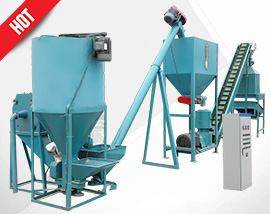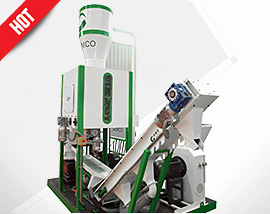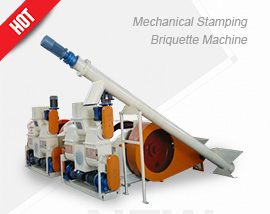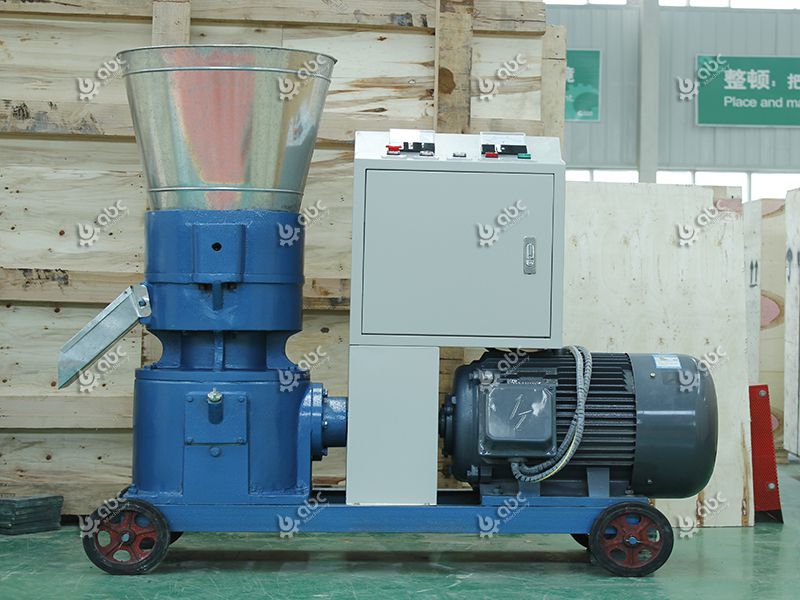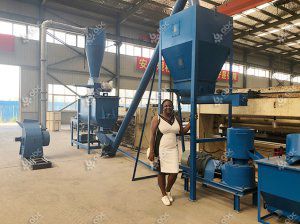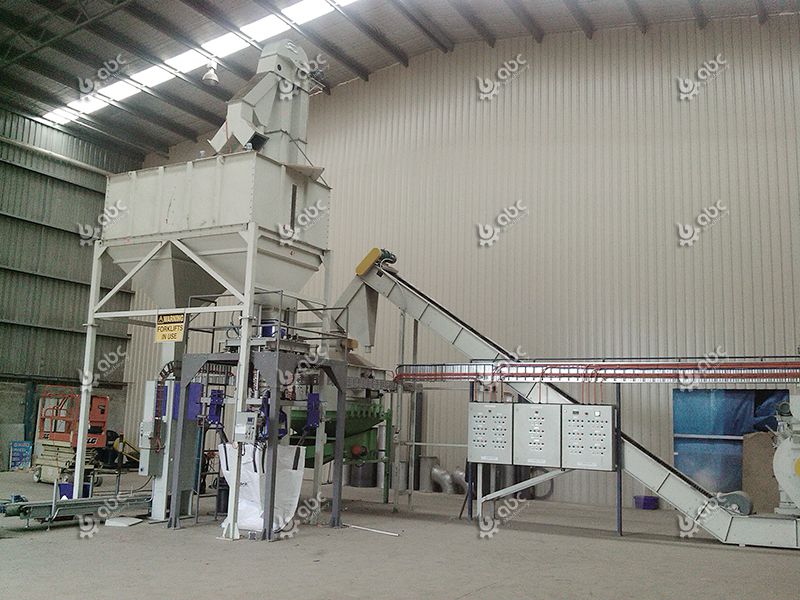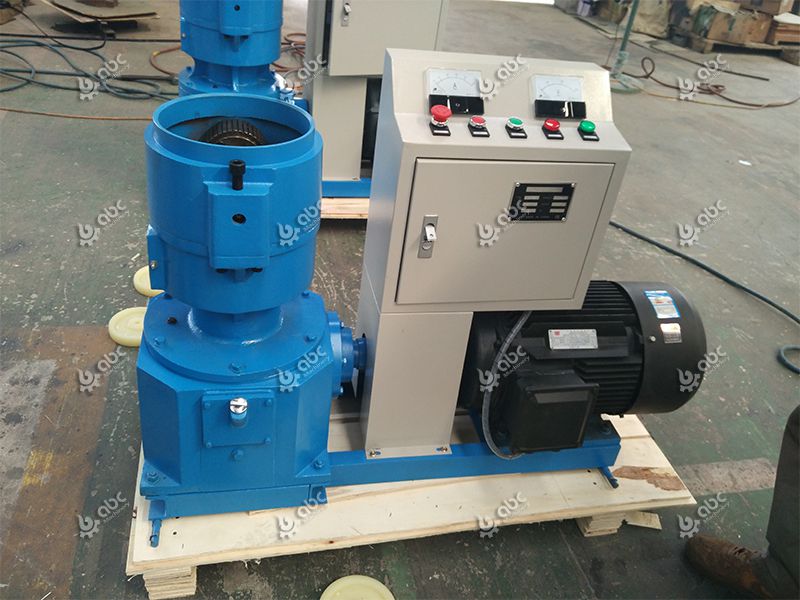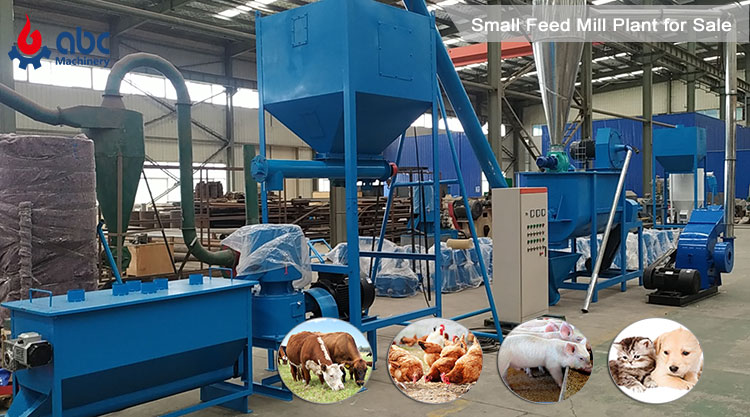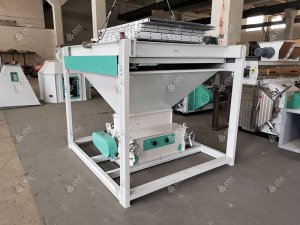Feed Nutrition Tips for Poultry Feed Production Plant Owners

ABC Machinery is an experienced and reliable manufacturer of poultry feed mill equipment.
If you are running a chicken feed mill or planning to invest in feed production for poultry and set up a small feed mill factory, it is necessary to known about the nutrition physiology characteristics of poultry animals. Here in this post, let's talk about the Nutrition Requirments of chicks and figure out how to make the Feed Formula Design for chicks.
Welcome to contact us and tell us your needs.
We will help you make the best business plan with detailed equipment list and project cost analysis.
Growth Characteristics of Chiks
The cultivation of chicks is a meticulous and important work of poultry farming industry. The growth and development degree, and nutrition status of chick rearing stage not only affect the survival rate of chicks, but also affect the productivity of the adult chickens. The chicks grow very fast. Read about our newly developed mini movable feed processing plant.

- For layer chickan (egg-type), the weight can be increased by 2 times at the age of 2 weeks, 6 times at the age of 6 weeks, and 15 times at the age of 8 weeks.
- For broiler chicken (meat-type), the weight can be increased by 4 times at the age of 2 weeks, 32 times at the age of 6 weeks, and 68 times at the age of 8 weeks.
This growth intensity is not only higher than any other stages of chicken, but also higher than that of any other poultry and livestock animals.
Chicks have small volume of digestive organ. The physiological function of digestive system is weak. The secretion quantity and vitality of stomach acid and digestive enzyme is also weak. Therefore, the digestion ability of chicks is poor. But chicks grow fast and have a strong metabolism, so their quantity demanded of fresh air and nutrient is large, so as the quantity of exhaled carbon dioxide and water evaporation. Among the required nutrients of poultry feed made for chicks, the most important things to notice includes the amount and quality of protein, and the amount of micronutrients closely related to energy and substance metabolism.
Nutritional requirements of feed Made for chickling
The vitamin B12 requirement of is 3 times that of 0-6 weeks old chickens. For 7-20 weeks old chickens, the Vitamin B12 requirement is increased by 3 time of the brood stage (0-6 weeks), that of choline is 2.6 times, that of vitamin E is 1 times, and that of trace elements (copper, iron and selenium) is 30-50% higher than that of the breeding stage (7-20 weeks).

- For 0-4 weeks old Layer Chickens, the requirement of vitamin B2 in feed is 5.5 mg per kilogram of feed, while for 10-20 weeks old chickens, only 18 mg per kilogram of feed is enough.
- For 0-4 weeks old Broiler Chicken, the requirement of vitamin B2 is 7.2 mg/kg of feed, while it is only 3.6 mg/kg for those aged 5 weeks or above.
| Component Content of Poultry Feed for Brood Stage | ||
|---|---|---|
| Component | Layer Chickens | Broiler Chickens |
| Crude Fat | ≥ 2.5% | ≥ 2.5% |
| Crude Protein | ≥ 18% | ≥ 21% |
| Metabolic Energy | ≥ 11.72 MJ/kg | ≥ 11.92 MJ/kg |
| Phosphorus | ≥ 0.6% | ≥ 0.6% |
| Crude Fiber | ≤ 5.5% | ≤ 5.0% |
| Crude Ash | ≤ 8.0% | ≤ 7.0% |
| Calcium | 0.70% ~ 1.20% | 0.80% ~ 1.30% |
| Salt | 0.30% ~ 0.80% | 0.30% ~ 0.80% |
Processing Compound Feed for Layer Chickens
In the compound feed for layer chickens during the brood stage, crude fat should not be less than 2.5%, crude protein should not be less than 18%, metabolic energy should not be less than 11.72 MJ per kg, phosphorus should not be less than 0.60%, crude fiber should not be more than 5.5%, crude ash should not be more than 8.0%, calcium should be between 0.70% and 1.20%, and salt should be between 0.30% and 0.80%. Read more about our Small Feed Mill Machine for Home Use and (power take off )PTO Feed Machine which can be powered by your own tractor.
Processing Compound Feed for Broiler Chickens
In the compound feed for broiler chickens of brood stage, the crude fat should not be less than 2.5%, crude protein should not be less than 21%, and metabolic energy should not be less than 11.92 MB per kg, phosphorus should be no less than 0.60%, crude fiber no more than 5.0%, crude ash no more than 7.0%, calcium should be no less than 0.80% and 1.30%, and salt should be no less than 0.30% to 0.80%. Maybe you are also interested in how to set up a mash feed production line.
| Quality Requirements of Feed for Chicks | |
|---|---|
|
Mixing Uniformity (coefficient of variation) |
Particle Size of Finished Feed |
| ≤ 10% | ≤ 280mm |
For chicken feed of Brood stage, the mixing uniformity should be more than 10%. And 99% of finished feed pellets should pass through 280mm screen sieve and 1.4 mm screen overtails shall not be more than 15%. Must have no whole grain.



